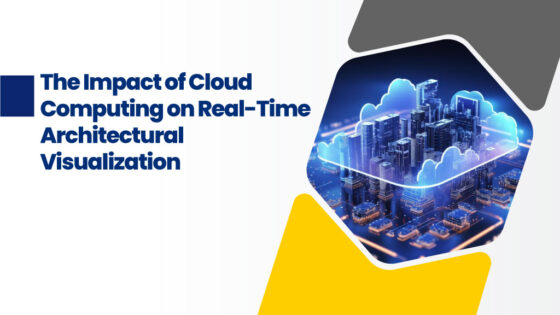Construction managers are required to coordinate and schedule the construction process for the required space. Construction managers are responsible from the start to the completion of the project and responsible for every function. However, architects need to design buildings and structures that are safe, energy-efficient, and functional. They need to make sure of the pre-construction assessment and support until finalising the construction plan. Though they are two different tasks, there is a need to integrate them into building engineering and management. The best buildind engineering and management colleges in Coimbatore are likely to push forward in learning these concepts of the construction industry to enhance and perform better. In this article, you can find out how it started and the expected technological evolutions in this field.
How does it start?
Specialised engineering companies evolve to manage the design and engineering required in building construction. This increases the amount of labour needed to complete tasks like manufacturing, engineering, and designing. It started to increase the demand for the utilisation of technologies. However, this history of how building engineering evolved may give you a clear picture during your five-year course at architecture colleges in Coimbatore.
The requirement of business moved from employing skilled labourers to modern-trained engineers. The designers are able to create designs with linen sheets and ink to create a blueprint or model of the building or construction. Earlier, most companies and organisations needed to follow those sketches. Though it exhibits the talent of art, the construction requires much more trials and is easy to cause by human error. These are some of the points that made the building design improve and grow with the technologies.
This led to the growth of computer-aided design (CAD) in late 1970, which transformed engineering design from the use of linen to mylar sheets. Secondly, these CAD systems needed improvisation because they were highly slow, expensive, and cost hundreds of thousands of dollars.
In the 1990s, personal desktop computers became powerful enough to produce more basic technical papers. This was followed by the transformation of 2D to 3D CAD systems that led to the current 3D modelling software.
These are a few brief histories of how far building engineering and management have come. This might help you understand the needs and how well you can utilise the current trends to resolve construction issues. Architects need to understand the traditional way of designing, which is possible with their courses at the best architecture colleges in Coimbatore. This will help you identify whether the current technological implementation’s involvement makes a huge difference.
Now the designs and manufacturing techniques need to advance as they are questionable for their sustainability and energy efficiency.
Today, engineers and designers are creating new designs, but there are a few things that need to be prioritised, such as
- Efficient heating and cooling systems
- Use of renewable energy sources
- Building management systems
These have led to the evolution of construction methods and designs that focus on building security, effectiveness, and comfort for people. Thus, modern technologies come to rescue these building and engineering management systems with the development of complex and precise design systems that are tailored to the specific requirements of different structures.
Evolving Future Technologies:
You can get an idea of how technologies are influencing the conventional techniques of the construction industry. Architects need to be ready for these types of new challenges in terms of innovations and smart work. The Building and Engineering and Management College in Coimbatore is here to assist budding architects in developing their knowledge of designing and implementing the construction process from early times to today. However, here are some of the technology trends that are expected to conquer the construction industry in the future.
1. BIM:
This software is available, and you are aware of its functions, which you may learn via an architecture course. The upgrade of this software, BIM, will resolve the issues and provide the space for better collaboration, project design, planning stages, detecting clashes, and giving a complete model of the project.
2. 3D printing:
This is one of the construction technologies that has huge potential to transform material sourcing. Ready-to-use materials are possible because of prefabrication features that can be utilised for the projects. These help businesses acquire materials faster, streamline the process, and eliminate unnecessary steps. The highlights of using 3D printing are being able to print materials on-site, saving transport and storage costs, and reducing material waste.
3. Artificial intelligence and robotics:
AI provides better benefits to construction projects in terms of enhancing safety and workflows, and this makes it possible to complete tasks way faster.
It is evident that robots can take care of tasks that humans fear or find too complex to do. This automation in the construction industry can reduce manual labour and increase belief in the mechanical arms that never get tired of performing repetitive tasks. Architects and engineers just need to monitor the work of robots.






